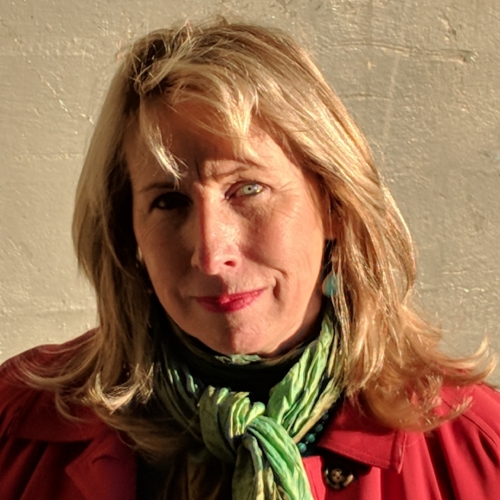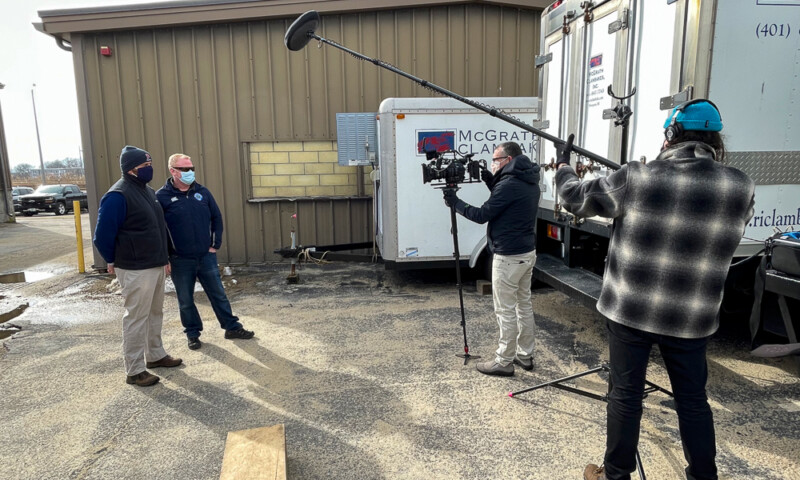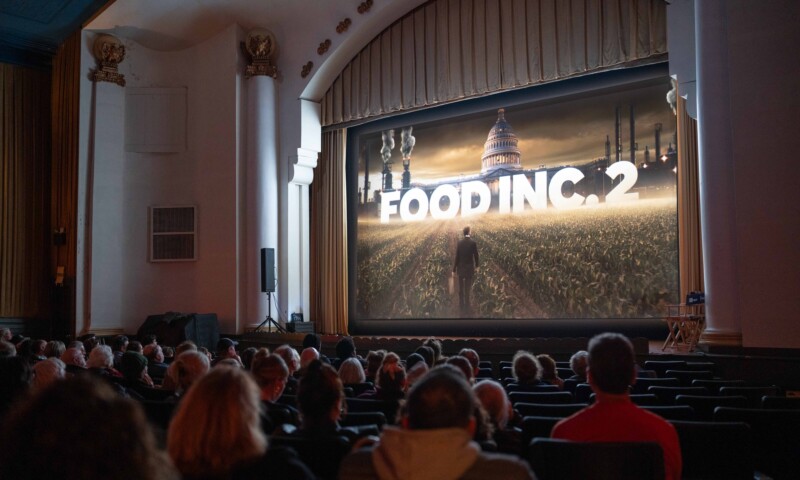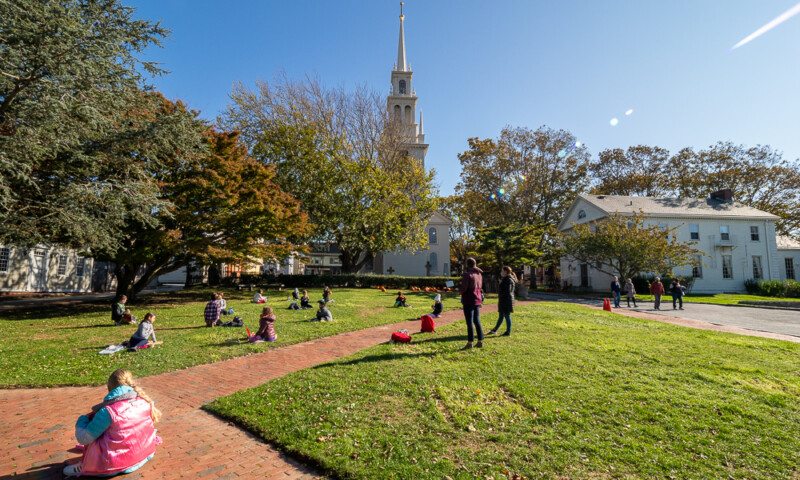By Nancy Austin, PhD – newportFILM Outdoors Summer 2018 Humanities Blogger
With support from the Rhode Island Council on the Humanities (RICH)
Is Art our oracle? Over dinner one night at the American Academy in Rome, a heated conversation developed among classicist, artists, and historians over when you would know a civilization was in tragic decline. What were the markers you could point to? One esteemed classicist, Professor Joseph Farrell from the University of Pennsylvania, proposed it was when people stopped taking care of the oracles — those people and portals that mediate the sacred and the profane.
I was reminded of this conversation as I previewed The Price of Everything, newportFILM’s upcoming outdoor film hosted at the Newport Art Museum. The film is a lively profile of the contemporary art market, filled with witty dialogue from a carnival cast of characters across the global art ecosystem. It’s a fun film to watch, with gorgeous cinematography and deceptively revealing interviews. Ultimately, the film is a paean to mark-making artists and the sensuous beauty of color, form and light captured in the creation of transcendent new works of art.
The Price of Everything pays tribute to the sacred love affair between a maker and their media. The slow pace of innovation in the artist’s studio is contrasted with the red hot contemporary art market where jaw-dropping prices are volleyed about in auction houses while collectors candidly discuss art as a transactional asset class. The film’s title references an Oscar Wilde quip that the cynic is one who knows the price of everything and the value of nothing. It would seem that the cynic has the first word in The Price of Everything. The director opens with words spoken in a marketplace and the injunction to take your seats because the art auction is about to begin. In this film, the cynic may have the first word, but the artist has the last say. The Price of Everything ends wordlessly with an exuberant tribute to the creative process itself. Art making is claimed as fundamentally a miraculous source of abundance that has nothing to do with the market. Art is our oracle, and the cynic circles round.
The Price of Everything might be seen as a meditation on the mysterious relationship between the sacred and the profane, and the strategies different people at different times develop for navigating the tensions between the two. I was thinking about the film’s curious tolerance for these often opposing points of view, when I looked up the director on Wikipedia and pieced together in an aha! moment that Nathaniel Kahn’s previous documentaries include the remarkable, My Architect (2003). I recommend that film as a must-watch companion. My Architect is an “odyssey” undertaken by Nathaniel Kahn, the son, to learn more about his enigmatic father, the brilliant American architect Louis Kahn (1901-1974). Here was one of the world’s most renowned architects who ended up dying tragically alone, personally penniless, and with three children by three women, all unknown to one another. Certainly, director Nathaniel Kahn has a unique perspective from which to consider the complex motivations that spin up and make the art market run (or lead to the realization of great works of architecture) and the private miracle of form-giving creative genius. Yes, maybe the notion of genius is weaving its way back into talking about art making, after taking a hiatus for awhile. The pendulum swings.
One recurrent scene-stealer in The Price of Everything is the gnome-like artist, Larry Poons (b. 1937). At 80, Poons personifies the romantic figure of the solitary artist who shuns fame and market success to doggedly pursue his own creative journey. It is a joy to watch Poon’s confidence and convictions as he defines his own success. But how are artists today to get to that point? The film never answers that question. Instead, the narrative is complicated by the recent example of the Nigerian-American artist, Njideka Akunyili Crosby (b. 1983) who recently found her work suddenly in high demand. We watch her in the film watching her computer as a 2016 auction of her 2012 work goes down for over a million dollars in a bidding war among collectors. She originally sold the work for $1000, and will never financially benefit from its resale; although, of course, her “brand” will increase in value. The artist is at peace with the financial unfairness of it all, and just keeps working away.
Is there a better way? What are best practices for the relationship between the artist and collector? The museum and collector? Is art a kind of intellectual property? In The Price of Everything, I hear the son mediating cynic and artist alike; Nathaniel Kahn leaves it as our job to negotiate this enduring challenge. How will we answer the question: if Art is our oracle, what are sustainable practices to maintain the health of the whole?
Please join newportFILM’s free outdoor screening of The Price of Everything this Thursday evening around 8:30 pm at the Newport Art Museum, 76 Bellevue Ave, Newport, RI. Plan to stay afterwards for discussion with film director Nathaniel Kahn, moderated by Vogue contributing editor Dodie Kazanjian.
Film screening details:
The Price of Everything
Thursday, June 28
8:35pm (sunset)
Newport Art Museum Lawn, 76 Bellevue Ave., Newport
More at http://bit.ly/nFEverything
newportFILM Outdoors is presented by Lila Delman Real Estate




